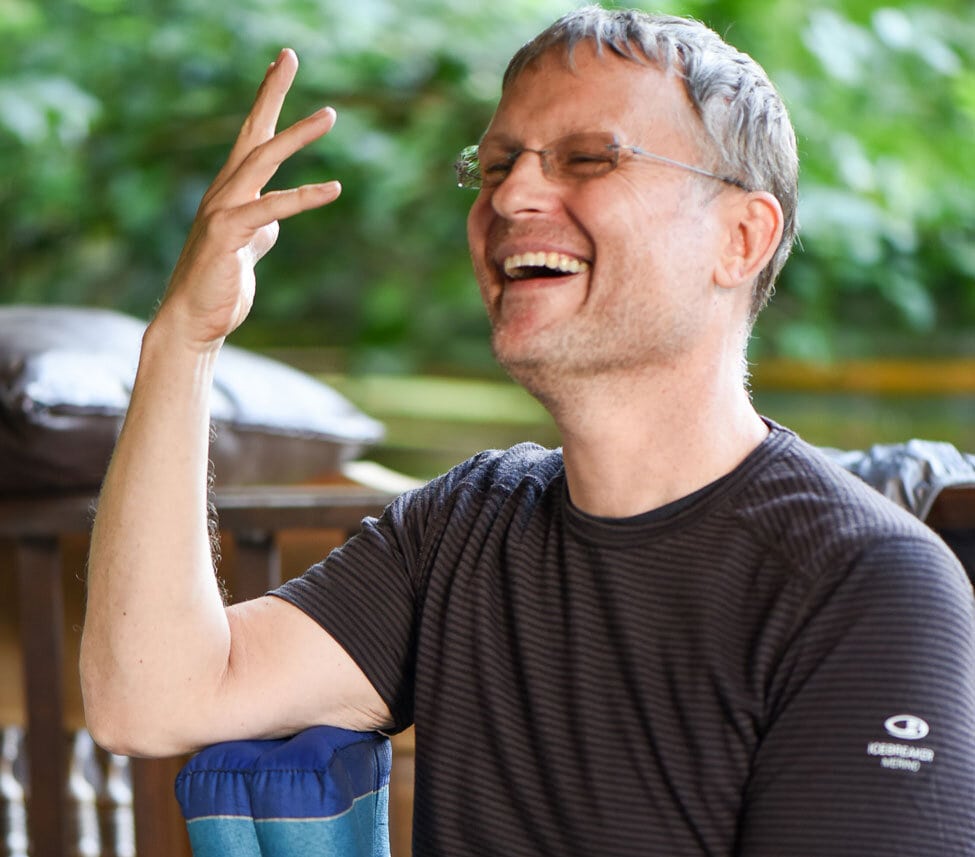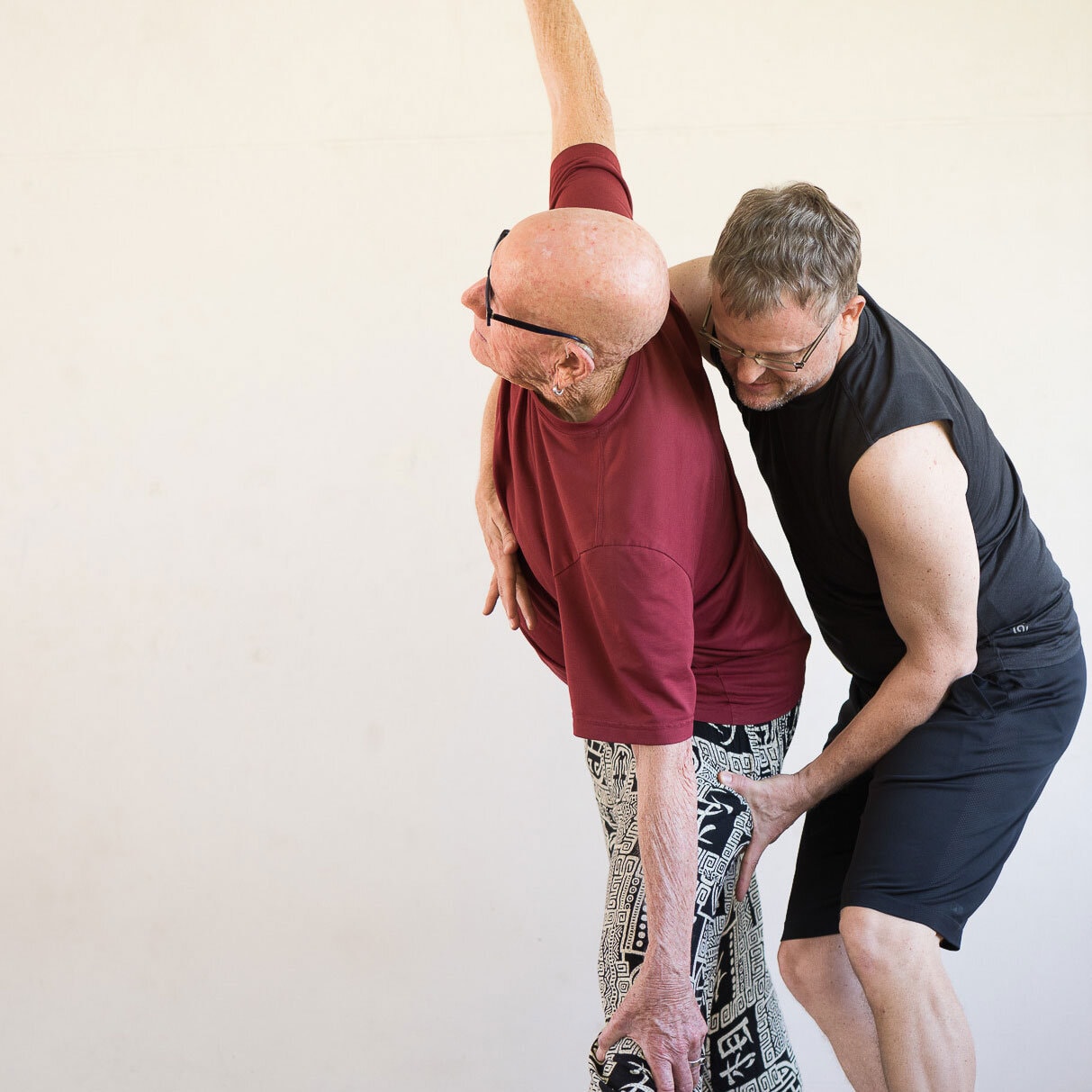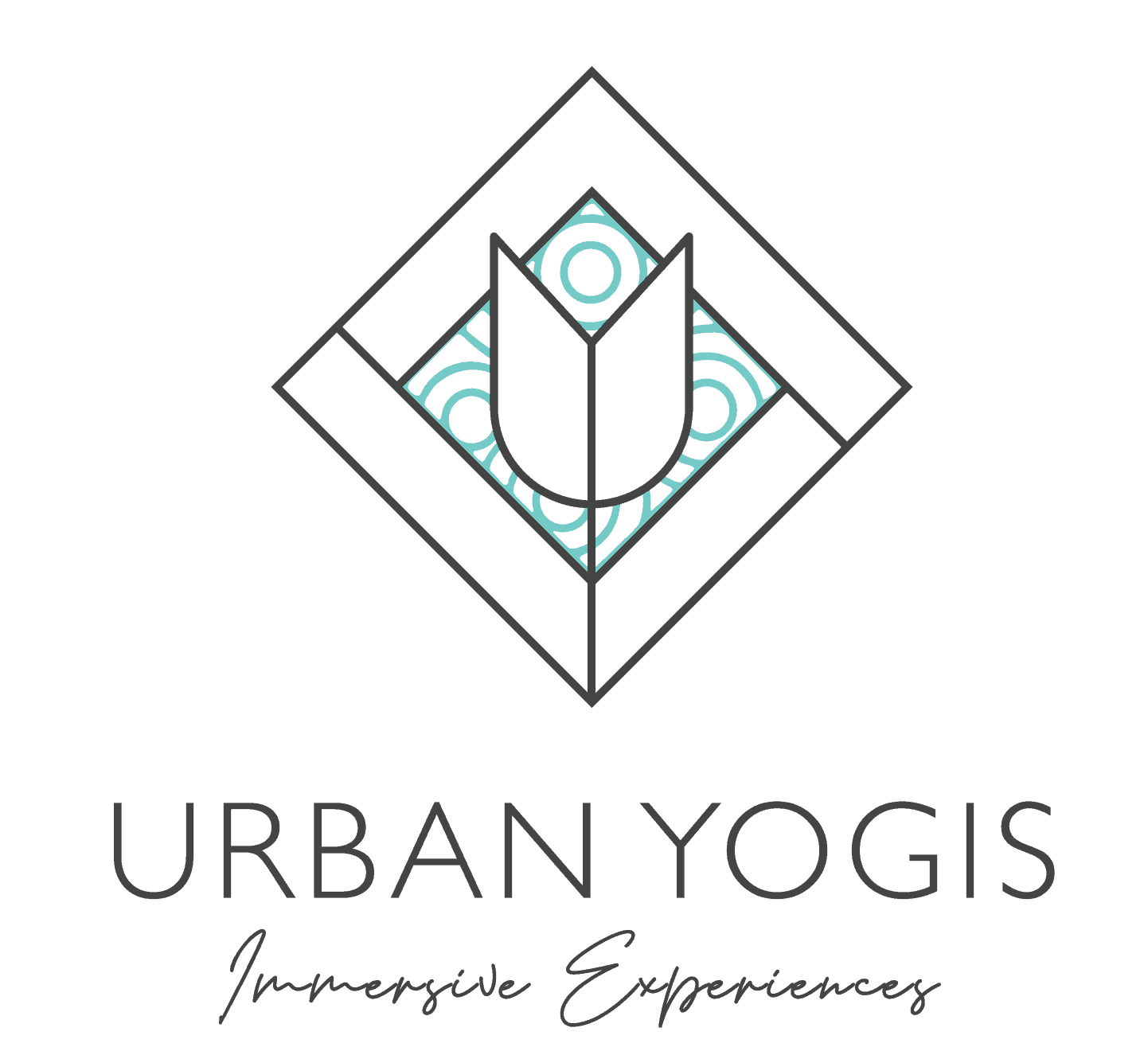Twelve Insights that will Transform your Practice and your Teaching
Yoga Anatomy Toolkit is a 3-part course that highlights a few key insights into anatomy and biomechanics whose importance is often overlooked, or simply not understood. This course is not about memorizing names of body parts. It is designed to provide you with an understanding of a few key anatomical concepts and how to apply them to real-world movement challenges in order to solve them effectively. The aim is for you to learn how to create better movement through a better understanding of how movement actually works. This is a real challenge because how movement works is quite different from how we instinctively think it works.
This course is for anyone who is curious about movement science and how it can help us get more out of our yoga practice. The primary audience is people who have already taken a short anatomy course (for example, as part of a yoga teacher training). However, anyone who is interested in better movement and willing to entertain a few key ideas related to biomechanics will benefit tremendously from this course. While a few of the concepts are somewhat technical, they are all presented in the most straightforward, applied way possible. With every concept, I will make clear why it matters, and how to apply it in a way that dramatically increases the benefits of your practice. Whether you are wondering why that pain in your shoulder isn’t going away, or how to go from dreading Chaturanga to enjoying it, this course is for you.
Each course segment is a combination of brief lectures and experiential exercises. The course also includes a Practice Guide with detailed written and photographic instructions for all the exercises covered in the course, so that you can continue practicing them with ease.
Topics
Chapter 1: How Anatomy Can Help (and Sometimes Hinder) Our Understanding of Movement
Chapter 2: Movement is Surprisingly Complex: How Your Incomplete Understanding of Movement Is Holding You Back
Chapter 3: How Do We Create Better Movement?
Course Objectives
-
- Learn how anatomy and biomechanics can transform your understanding of movement
- Understand how anatomical thinking can sometimes hinder a better understanding of movement
- Discover the vast range of individual anatomical variation and how it impacts people’s movement
- Learn how to apply bio-mechanical concepts to solve real-world movement issues
- Evaluate existing movement patterns and analyze them for safety and effectiveness
- Discover the connections between movement and thought patterns and how to use these connections to your advantage
- Learn to create better movement patterns by letting go of what you think you know about how to move
This Course Includes
-
- Over 200 minutes of on-demand videos
- Lifetime access
- Lectures and experiential exercises
- Practice Guide with detailed written and photographic instructions for all the exercises covered in the course, so that you can continue practicing them with ease.
About the course instructor:

Gernot has developed a teaching style that incorporates techniques from Iyengar, Ashtanga, Anusara, Forrest, and Kripalu yoga. In his teaching he also incorporates insights from yogic and Buddhist philosophy and from anatomy, physiology, and neuroscience. He skillfully integrates down-to-earth discussions of breath, alignment, anatomy, and awareness in his classes and workshops. This integration enables him to convey key yoga philosophy concepts with clarity and humor to practitioners of all levels. Gernot helps his students maximize the benefits of their practice by emphasizing yoga’s mental dimensions as well as the physical, and the intricate connections between both.


